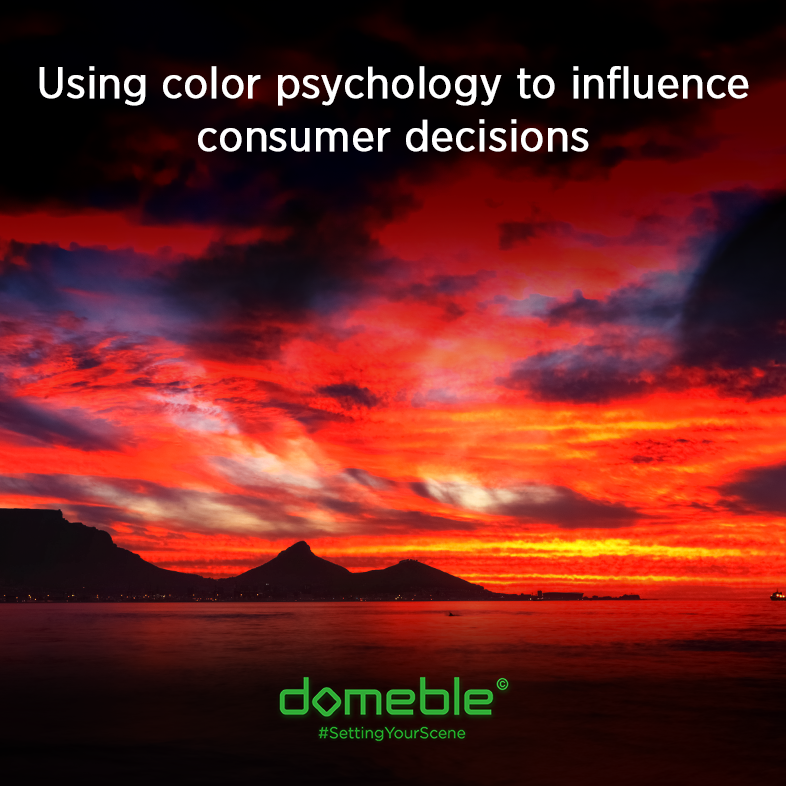We often think that colors only have an aesthetic impact on us, however, there is much more of a psychological impact than we know. Colours send a message without being overt and can thus determine buying choices. Research suggests that consumers tend to make up their minds in 90 seconds whether they want to purchase the product or not and truth being told 90 per cent of this is based on color alone! Before we dive in on how to use color psychology in our favour, let’s understand the basics.
What is color psychology? It is the theory of how the human brain processes color. We all know light travels in waves and each color has a different wavelength, so it hits the eye differently. This creates electrical impulses that stimulate the hypothalamus- responsible for controlling different patterns like behavior, temperature, etc.
So how does color impact our thoughts and emotions? Human choices are subjective but here are some general observations.
1)Colors can be either calming or stimulating
From the warm and cool-toned colors, it’s obvious that cool-toned colors have a calming effect, and the warmer ones invoke a sense of warmth and passion. However, warm colors can be overpowering at times and are hence best used as accents rather than the main color.
.2) Gender Bias
When it comes to shades, tints, hues, and accents generally men prefer bolder colors while women prefer softer, cooler colors.
3)Cultural differences
Colors mean and represent different things in different cultures. For example, the color white while celebratory all over the world in Asia represents mourning.
These cultural differences should be kept in mind while designing products. How to use color to influence consumer decision-making?
1)Understanding user expectations
Primary research is the most imperative. It is important to understand how people respond to different colors and graphics and the only way to do it is by asking questions. This will help brands understand what users see and more importantly why they see it that way.
2)The 60-30-10 rule
This a very simple rule which will create a well-balanced color palette for any product. 60 percent neutral, 30 percent of complementary color, and 10 percent of accent. This formula creates a sense of balance and is soothing to the eye.
3) Test the color choices
Every graphic/photograph product must be tested against a contrasting one to understand how consumers are receiving it. Every product should be treated as a hypothesis and therefore feedback is key. Questions like what is the first thing you noticed about this product? Why is this over option B? These would be good starting points, investing time in color psychology helps make better decisions and makes your process more persuasive.
At Domeble, we pride ourselves on having a keen eye for detail and our images are shot keeping all these factors in mind.
[maxbutton id=”1″ ]










